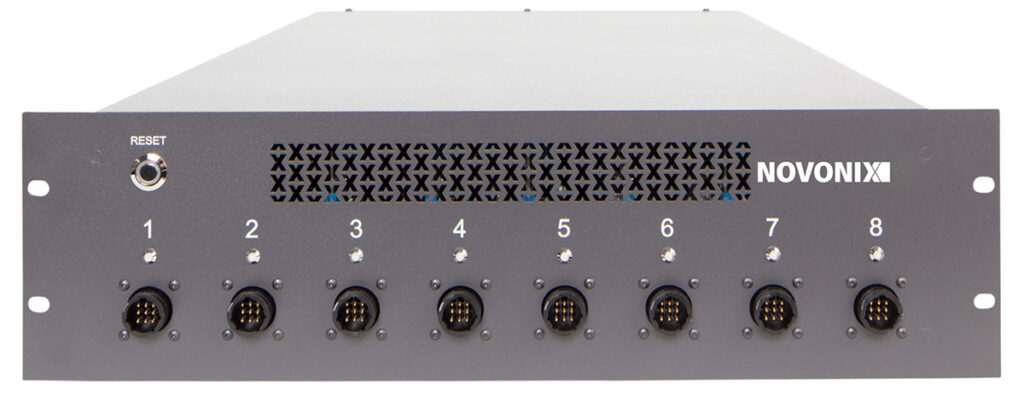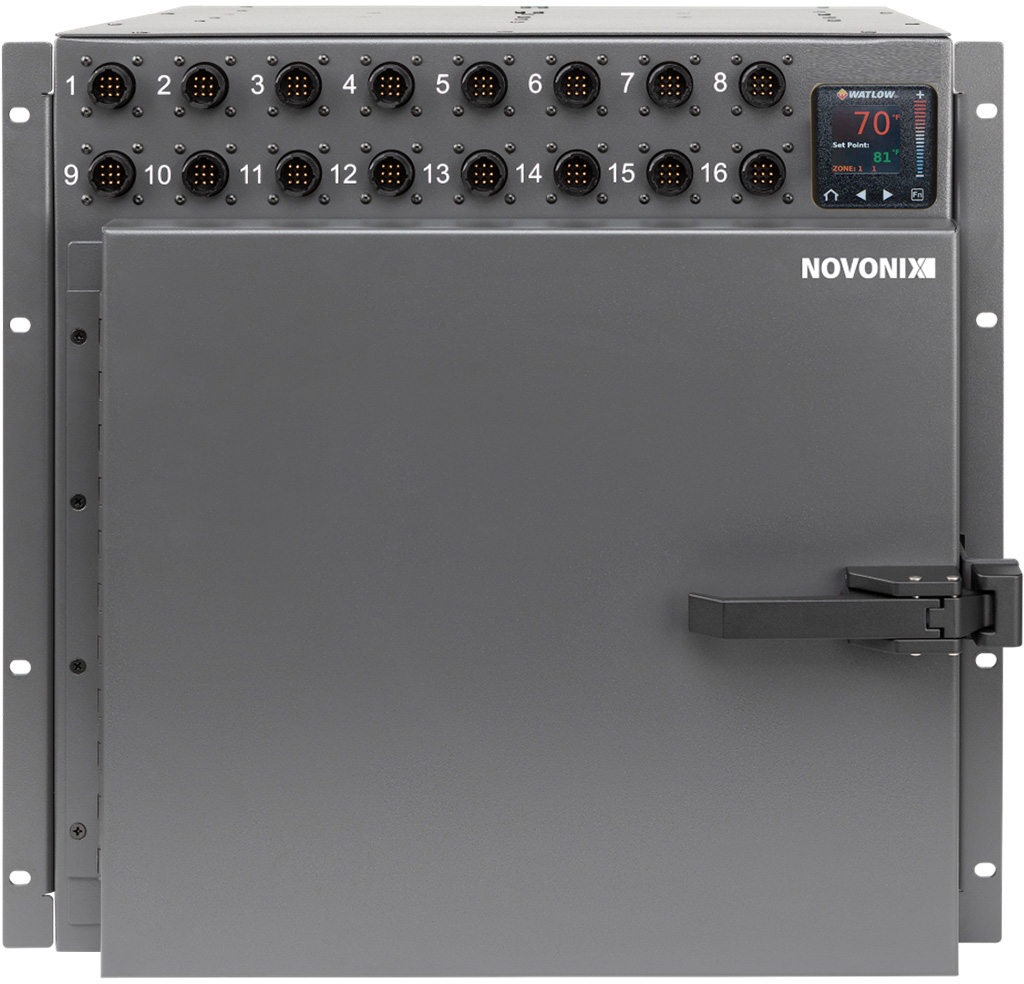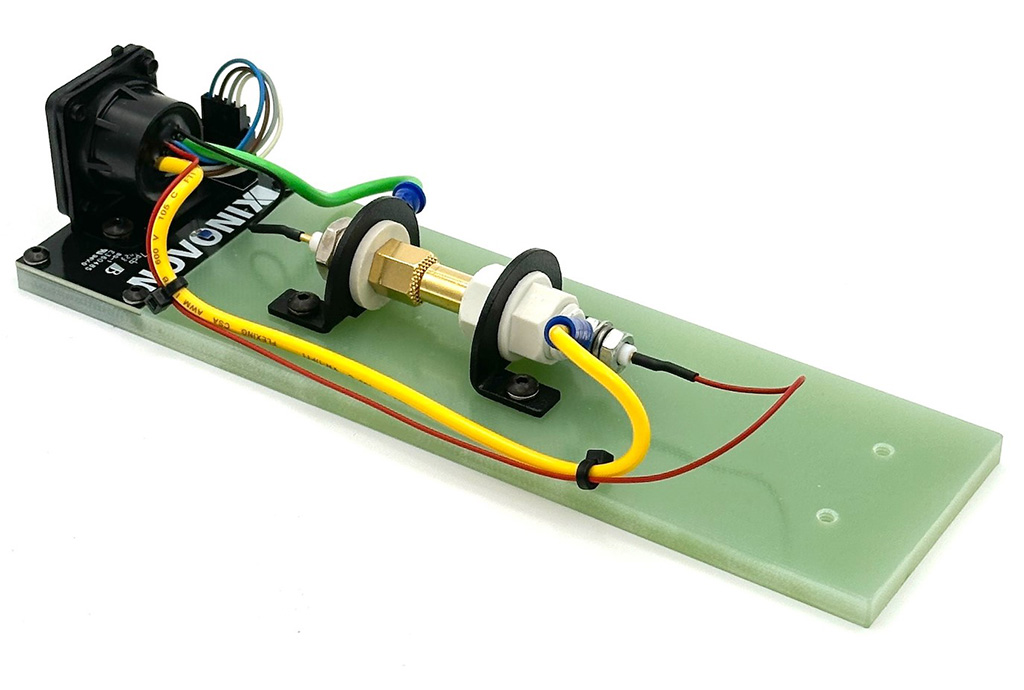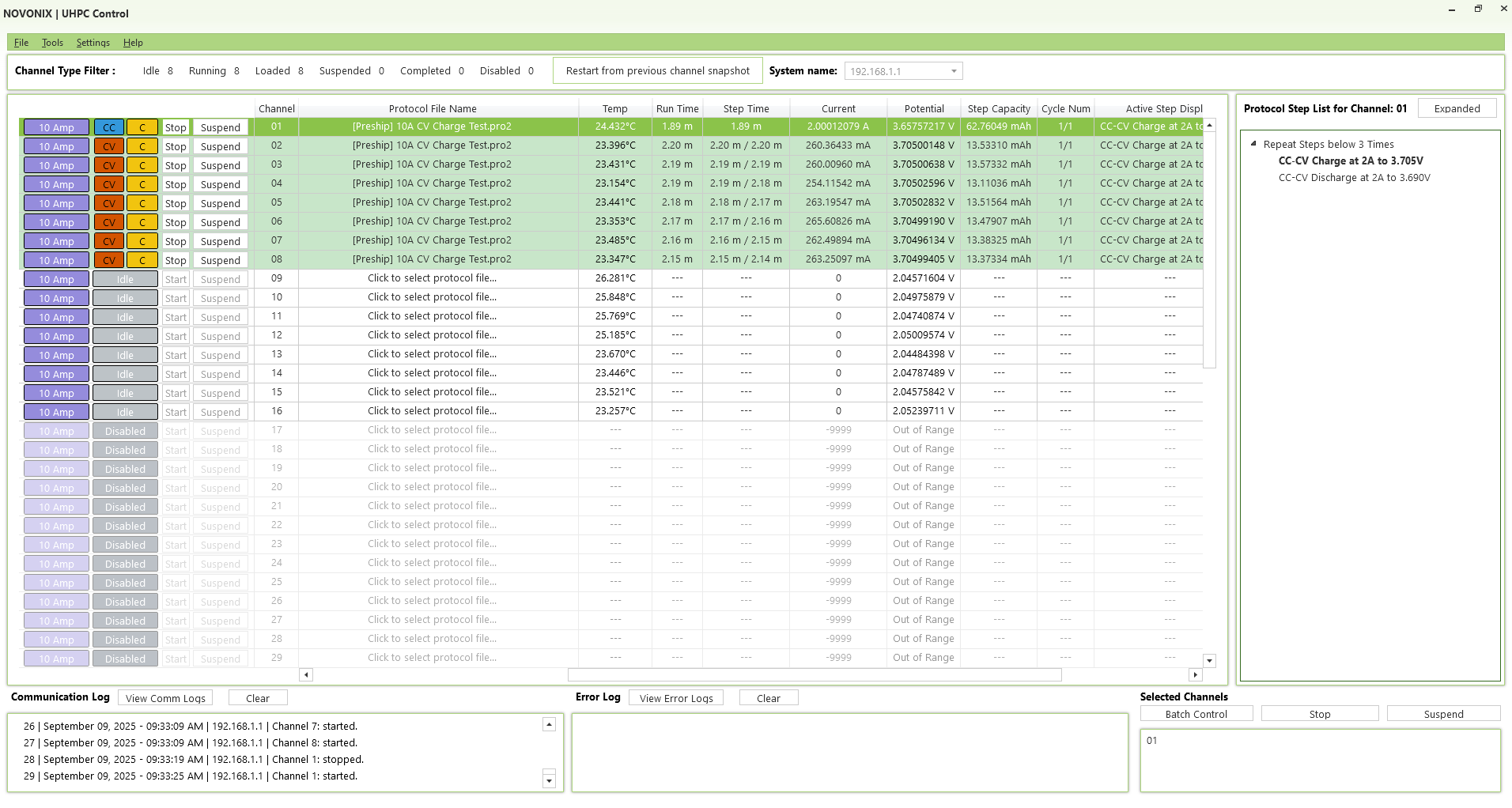We design and manufacture the industry’s most advanced precision battery testing equipment.
NOVONIX’s world-class Ultra-High Precision Coulometry (UHPC) systems are fully functional battery cyclers that allow our customers to test electrochemical processes within cells rapidly and in various form-factors, with industry leading precision and accuracy.
For over 10 years, leading battery cell manufacturers and researchers have been leveraging UHPC’s unmatched data precision to accelerate innovation and make smarter, data-driven decisions—capabilities that other equipment on the market simply can’t offer.

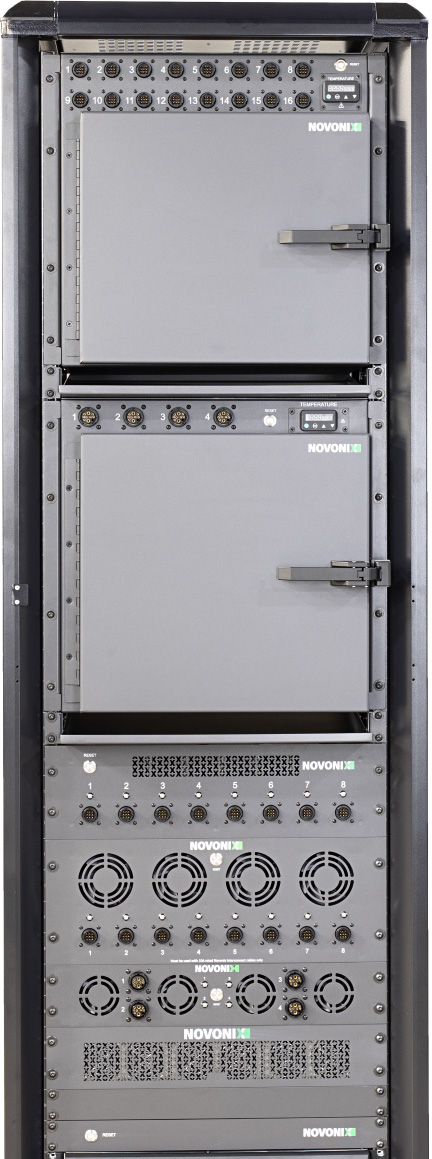
Our Partners and Customers












Why UHPC over traditional cyclers?
Existing Test Equipment Excels At
- Test cells to end of life
- Rate capability
- DCIR, GITT
- Application/ drive cycle simulation
Common Theme
Bulk metrics which small uncertainty in raw data or metrics do not matter.
Gaps in Existing Test Equipment
- Understanding impacts on lifetime early (weeks instead of years)
- Material and technology development
- High-throughput studies
- Identifying tiny issues in cells before they become big issues
- Early QC/QA issue detection
Common Theme
Bulk metrics which even small uncertainty can matter a LOT.
NOVONIX® UHPC can do almost anything a normal cycler can do. However, it is designed to measure voltage and current as accurately as possible to detect and elucidate small differences that matter.
Coulombic Efficiency Blog Series
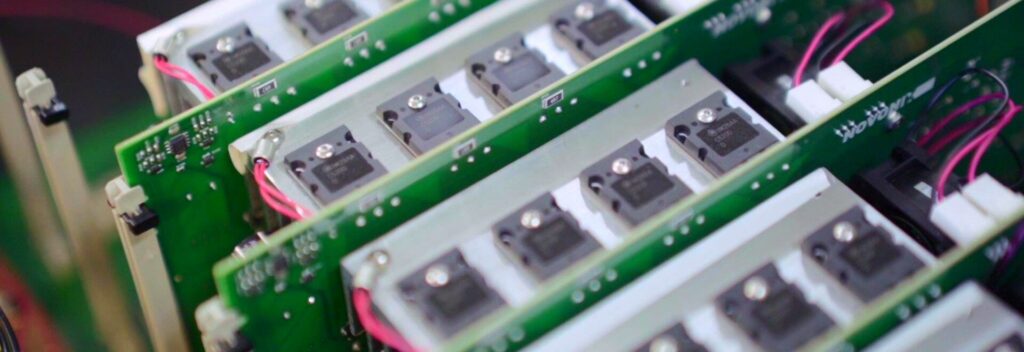
Coulombic Efficiency
Part 1 of 5 – Introducing Coulombic Efficiency
Coulombic Efficiency (CE) is often used to gain insight into how battery cells perform. The ratio of capacity counted by the battery cycler during discharge vs charge can be correlated to the amount of unwanted processes consuming electrons in the cell.
However, only NOVONIX UHPC can measure CE at a high enough resolution to separate and quantify the types of electrochemical mechanisms occurring in cells, such as reduction of components at one electrode vs oxidation at the other. These mechanisms are quantifiable via new cycle metrics and analyses which can be used to feed more advanced and accurate analyses and performance models, unlocking deeper insights, faster.
UHPC is used across the battery industry to speed up development cycles including, but not limited to; materials research, process development, identify quality issues in manufacturing, and feed lifetime prediction models to speed up cell testing from months or years to mere weeks.
Unsure whether UHPC is right for you?
Our R&D Services team can help. We offer in-house testing services, including access to our UHPC technology, so you can run a small project with us as part of your evaluation. Experience the precision and quality of UHPC data with the support of our expert R&D team.
Benefits of NOVONIX equipment
- Our UHPC systems offer current ranges from as low as 100µA, to as high as 20A, allowing precision measurements down to 2nA
- NOVONIX systems can be used like any other battery cycler – for formation, DCIR, HPPC, calendar ageing, cycle ageing, rate testing – but all with improved data quality
- Turnkey, modular systems – including cell holders and thermal chambers – fully racked and ready to use as delivered
- Modern, intuitive, and configurable software
- Designed, built, and supported in North America
- NOVONIX are experts with UHPC equipment. As we continue to pioneer novel battery materials and understanding interactions using our own systems, this experience feeds and guides the design of our UHPC equipment and software
Free On-Demand Webinar
Enhancing Battery Insights: Integrating Impedance Analysis with NOVONIX
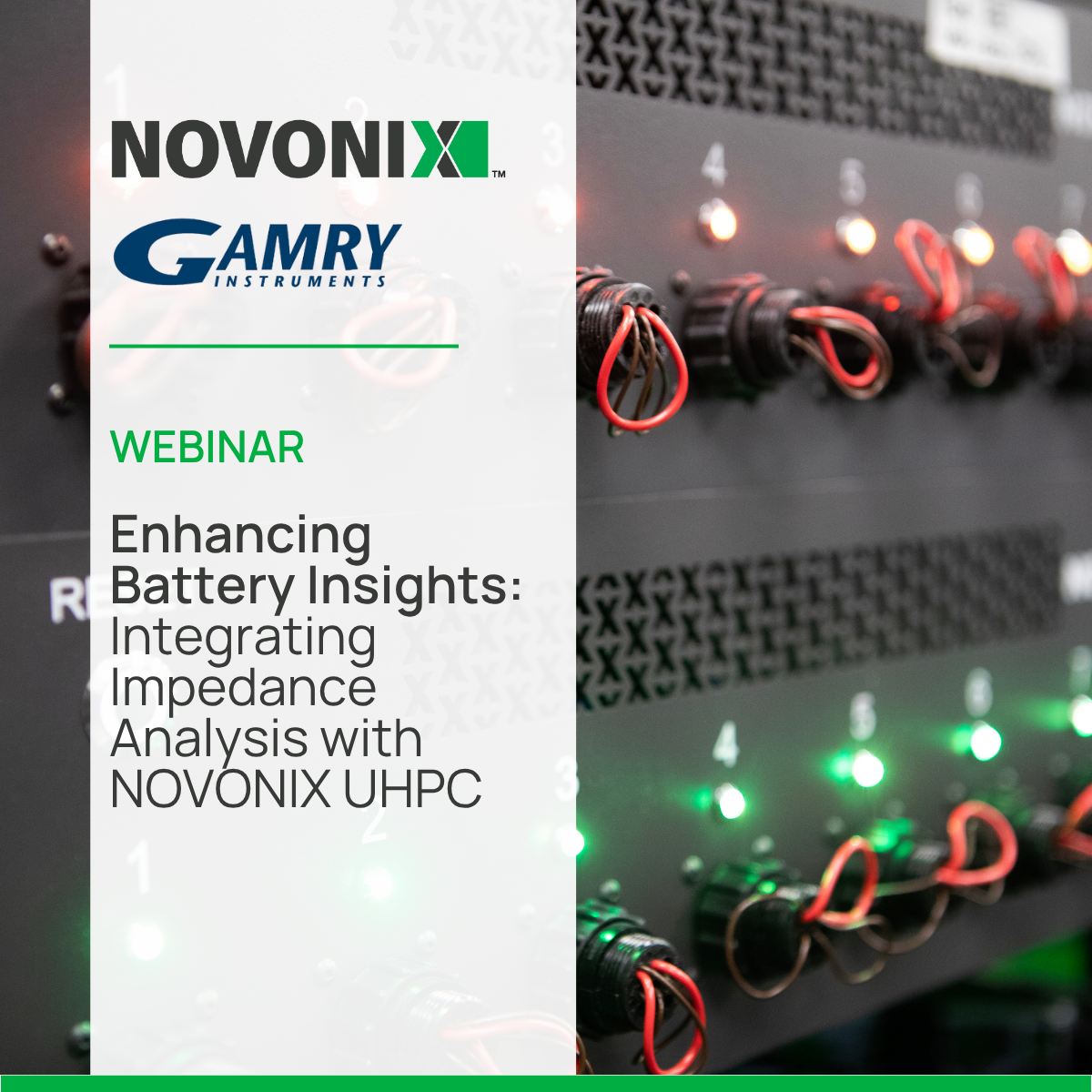
Join NOVONIX and Gamry Instruments to discover how combining Electrochemical Impedance Spectroscopy (EIS) with Ultra High Precision Coulometry (UHPC) enhances battery testing. This webinar highlights how the integration streamlines workflows, improves aging analysis, and offers greater visibility into degradation mechanisms backed by real-world data and case studies.
To access the webinar, please fill out the form below.
"*" indicates required fields
There are three key components used in the process of testing cells using ultra-high precision coulometry.
Learn more about each component that makes up a complete UHPC System.
Request a Quote
Request a customized quote for our Ultra-High Precision Coulometry testing equipment, based on your specific cell testing needs.
